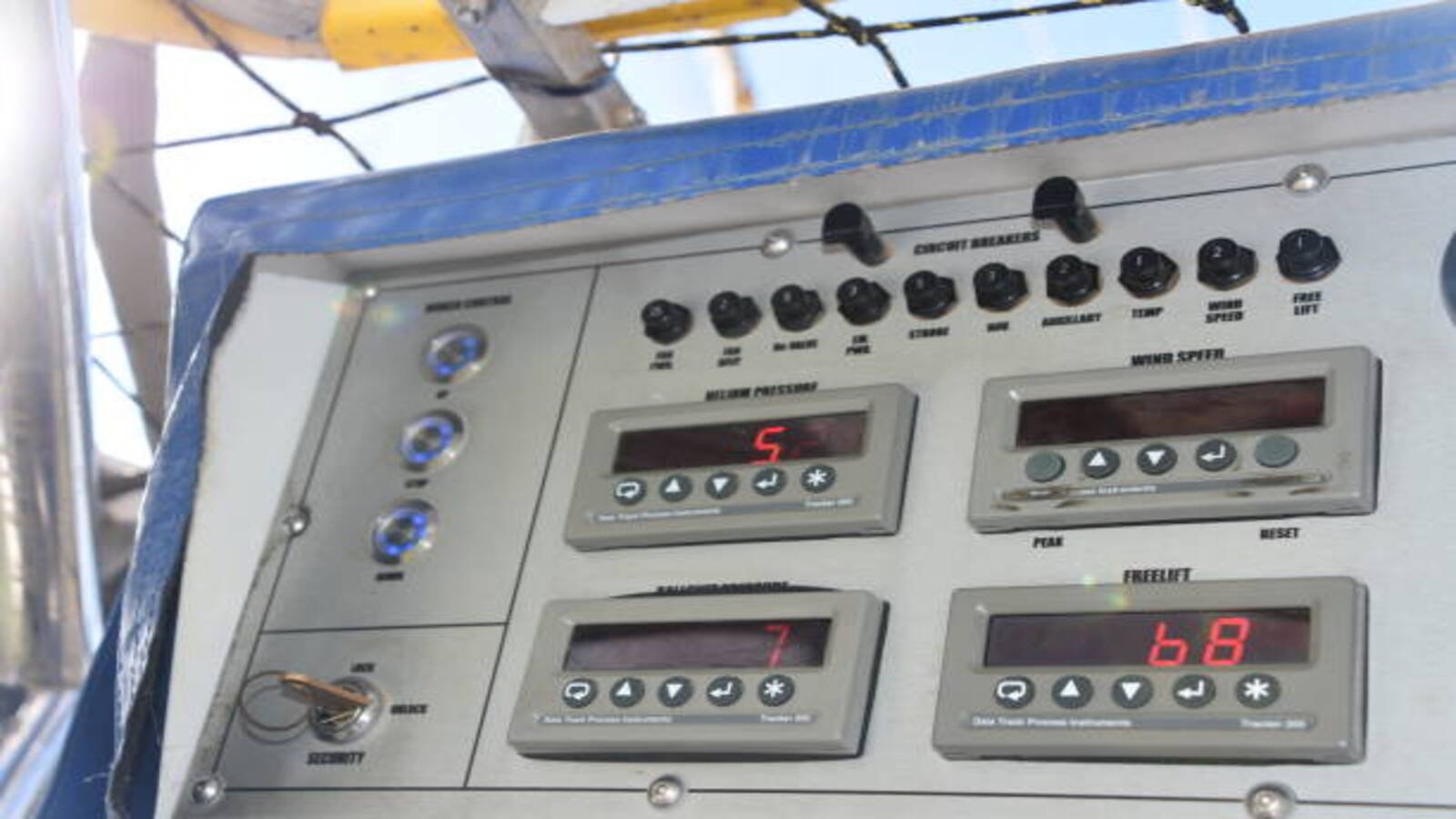Casting vs. Forging: Best Methods for Switchgear Mechanical Parts
Switchgear mechanical parts play an important role in the power distribution industry. Whether you are in the market for switchgear parts or want to learn more about them, it’s important to understand the difference between casting and forging. Both methods have their pros and cons, and this article will guide you through what you need to know before making a decision.
Casting Overview
Casting refers to the process of pouring molten metal into a mold and allowing it to cool and solidify into the desired shape. There are various types of casting, including sand casting, investment casting, and die casting. The main advantage of casting is that it can produce complex shapes at low cost. However, casting typically results in a lower material strength compared to forging.
Forging Overview
Forging, on the other hand, involves shaping metal by applying pressure and heat through a die or press. The result is a higher material strength and greater resistance to fatigue. Forging can also produce complex shapes and can be customized to meet specific requirements. However, forging is typically more expensive than casting.
Quality Requirements for Switchgear Mechanical Parts
Switchgear mechanical parts require high quality and reliability due to their critical role in power distribution. They must withstand harsh environmental conditions, high voltage, and frequent switching cycles. As such, the material used must have high mechanical strength, excellent wear resistance, and good corrosion resistance. Both casting and forging can meet these requirements as long as the proper techniques and materials are used.
Material Selection
The choice of material is crucial when it comes to switchgear mechanical parts. Common materials used in switchgear parts include copper, aluminum, and various alloys. Copper is often used for contacts and conductor bars due to its high conductivity, while aluminum is used for busbars and support structures due to its light weight. Alloys such as brass and bronze are used for various components due to their excellent wear and corrosion resistance.
Casting for Small to Medium Parts
Casting is an ideal method for producing small to medium-sized switchgear parts that have complex shapes such as busbar supports and insulators. Sand casting is often used for larger parts such as circuit breaker housings, while die casting is used for smaller parts such as contact fingers. Investment casting is ideal for high-precision and intricate parts.
Forging for High-Stress Parts
Forging is recommended for switchgear parts that undergo high stress and require high strength and durability. Examples include bolted electrical connections, support brackets, and heavy busbars. Forging can produce components with superior mechanical strength and fatigue resistance, making them suitable for use in high-voltage applications.
Casting and Forging Combination
Sometimes a combination of casting and forging techniques is used to produce switchgear mechanical parts. For example, a cast part can be forged to increase its strength and fatigue resistance. Alternatively, a forged part can be finished using a casting process to create a specific shape or design.
Cost Considerations
The cost of casting versus forging depends on various factors such as the size of the part, the quantity required, and the complexity of the shape. In general, casting is less expensive than forging for small to medium parts, while forging is more cost-effective for large, high-stress parts. Keep in mind that the initial cost of forging may be higher, but the resulting part will typically have a longer lifespan and require less maintenance than a cast part.
Maintenance and Replacement Considerations
Switchgear mechanical parts are subject to wear and tear over time and may require maintenance or replacement. Forged parts are generally easier to maintain and repair due to their superior strength and durability. Cast parts may be easier to replace due to their lower cost. However, it’s important to consider the specific requirements of your switchgear system and choose the method that best fits your needs.
Conclusion
Choosing the right method for producing switchgear mechanical parts requires careful consideration of various factors such as material selection, part size and complexity, stress resistance requirements, and cost considerations. Both casting and forging have their advantages and limitations, and the choice ultimately depends on your specific needs and priorities.

